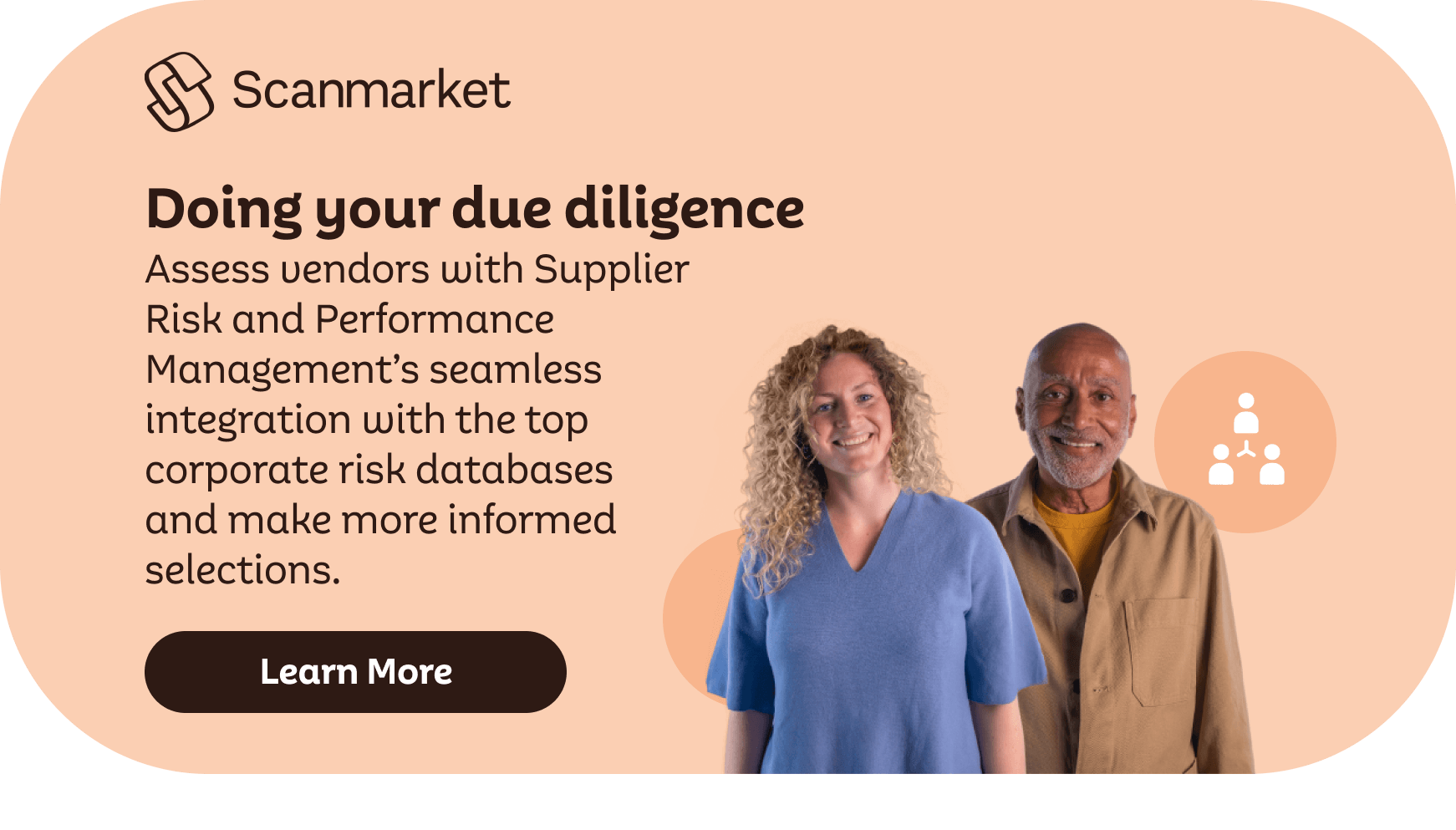Any business proposition, relationship or contract involves some element of risk, no matter the size or industry. However, it is how businesses mitigate risk that is important.
Risk management software provides the framework to reduce the risk of negative outcomes from business relationships or contracts. By streamlining corporate governance into a single system and automating processes, you're able to be proactive in mitigating risk which enables growth strategies. The digitalization of risk management enables businesses to stay compliant at scale with internal policies and outside regulatory bodies across third-party networks.
The Benefits of Risk Management Software
- Centralized Data - Control information with a centralized document repository with metadata search functions. Developing risk profiles for vendors and third parties is quicker and more efficient, and any decisions made on future relationships are supported by accurate data.
- Due Diligence - Identify areas of risk with any third party before the relationship is validated with a contract. Risk management software often has links to external databases with access to advanced security profiling and enhanced background checks.
- Monitoring - Risk management software continuously monitors third-party relationships to identify areas of risk, security breaches, and compliance issues. Businesses are able react quickly to avoid or reduce the level of damages.
- Reporting Data - Data analysis tools provided by risk management software can predict potential risks and guarantee a quick response to issues such as bottlenecks, poor performance, operations, and non-deliverables. The reporting data can also monitor KPIs.
- Data Analysis - Data analysis with risk management software can be very granular to show an accurate representation of which employees and third parties are successfully meeting their obligations regarding efficiency and output; thereby reducing operational risk from delays.
- Industry Regulations - Avoid being blindsided by government legislation with regular updates to your risk management software and prevent unnecessary non-compliance issues.
- Pre-Approved Contract Templates - Reduce compliance risk by allowing legal teams to create standardized language and clauses that can be regularly updated to reflect changing regulations.
- Auditing - The reporting and auditing features of an automated risk management system means you are always alert to potential compliance issues regarding contract terms and provisions. Avoid the financial and reputational risks associated with poor compliance with standardized policies and procedures built in to your risk management solution.
- Intelligent Questionnaires - When launching new business relationships, risk management software can design, build, and publish intelligent questionnaires to gain real insights into clients, suppliers, vendors, and agents.
- Background Checks - Integrate with external databases such as Dow Jones, LexisNexis, and Dun & Bradstreet to access advanced security profiling of businesses and individuals.
- Identity Management - Authenticate and investigate individuals and companies to detect and prevent fraud, reducing the risk any vendor may pose to your business.
- Audit Logs - Track changes in order to stay compliant with regulations. Every action made in risk management software is fully tracked and timestamped in audit logs with the user’s information.
- Self Reporting - Risk management software offers a self-reporting feature that allows third parties to conduct their own reports To reduce the resources needed in the risk management process,
- Access Control - Allow and restrict access to mitigate security risks with a configurable access control interface.
- Incident Capture - All incidents can be stored and automatically assigned for investigation to detect fraud.
One of the cornerstones of risk management software is the configuration capabilities that can be tailored to specific fields and datasets. Due to their cross-platform open API architecture, the software can integrate with a range of different systems and software. Any existing tools, processes, or legacy systems can be retained and implemented into the software.













